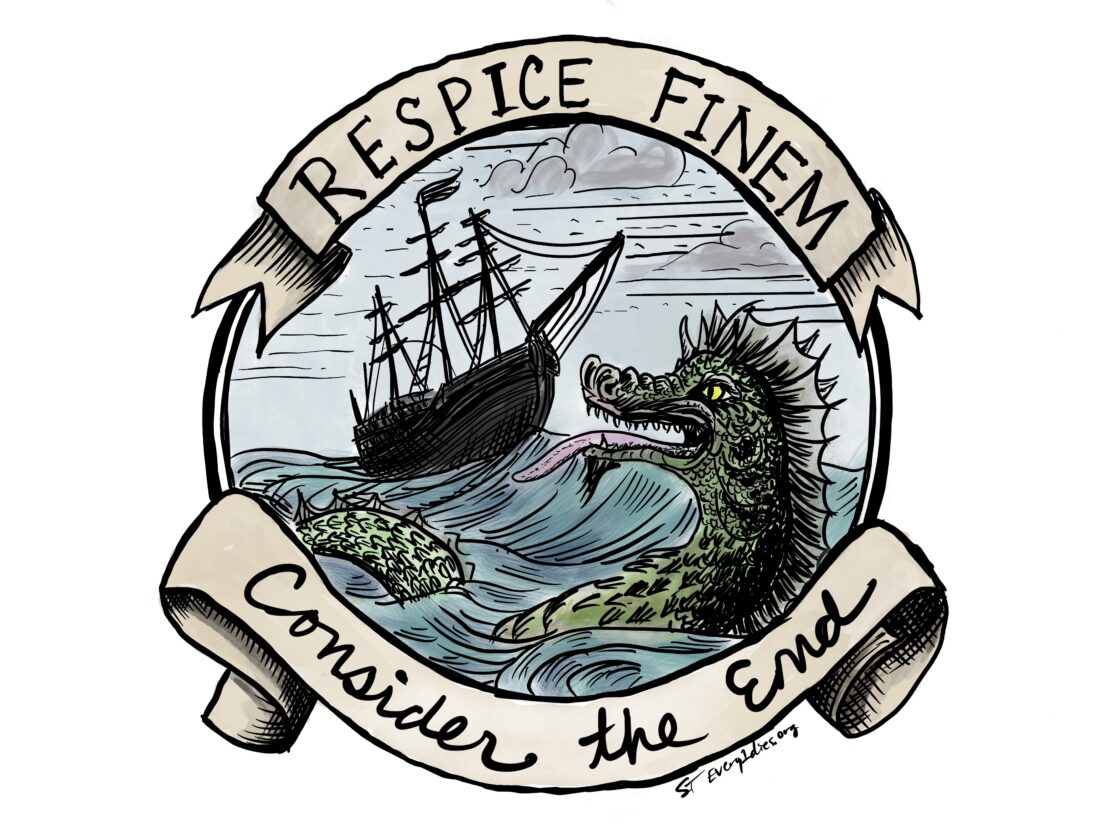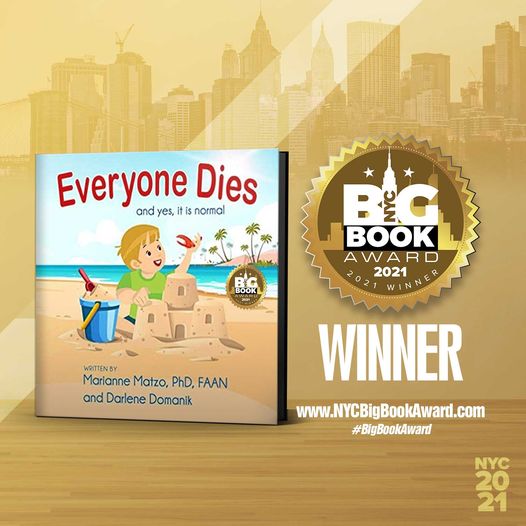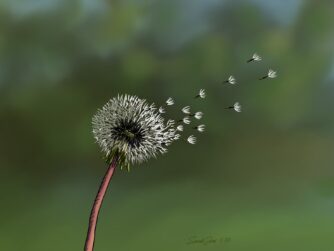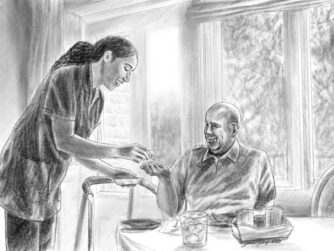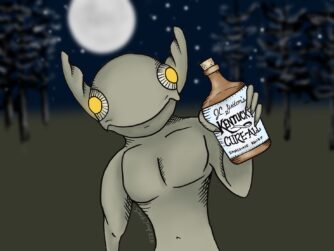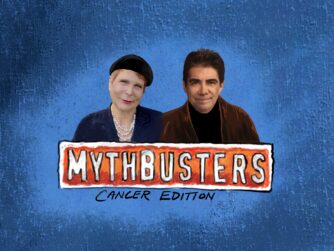This week’s show is about legacy, the way in which we are remembered after our deaths. Legacy goes beyond possessions to include the impact we leave on people, communities, and the world. After we die, what is communicated about our legacy is left up to other people. We can only hope that they will be kind.
In This Episode:
- 04:50 – Recipe: Jackie Kennedy Onasis’ Casserole Marie Blanche
- 06:03 – Remembering Ethel Skakel Kennedy
- 10:14 – Who Curates Our Legacy Story?
- 26:02 – Robert Kennedy’s Funeral Train
- 35:58 – Outro
Who Curates Our Legacy Story?
Who will tell your story, and how true to the facts will it be? Will they be kind? Did you live in Camelot, or was it a fiction? We look at all these questions in this examination of how Jackie Kennedy Onasis managed the story that was told after John F. Kennedy was assassinated.

In the play “Hamilton” Aaron Burr sings in the song “The World was Wide Enough,” “History obliterates in every picture it paints.” What he is talking about is legacy, the way in which we are remembered after our deaths.
According to the dictionary, a legacy refers to something handed down by a predecessor, often in the form of an inheritance. In “Hamilton” it is described as “planting seeds in a garden you never get to see”. But, legacy extends beyond material possessions to include the impact we leave on people, communities, and the world. To define legacy is to reflect on the lasting impressions and contributions that shape the future long after we die.
We look at tips from the Grief Toolbox for when planning to tell a legacy story verbally or in writing. We also feature an obituary written for someone who alienated her family to the point that no one knew she died. Her obituary was less than flowery as the daughter vented about her less-than-perfect mother.
Once we die our legacy curators can do anything they want. Anything. Which may be the best argument of all to make things right with people before you die.
While we are alive we should try to live our best lives and do our best to live that story, and know that when we die we let go of the story and let time take care of the rest. And hope that it will be kind.
Remembering Ethel Skakel Kennedy
On October 3, 2024 Ethel Skakel Kennedy, the widow of Sen. Robert F. Kennedy, who raised their 11 children after he was assassinated and remained dedicated to social causes and the family’s legacy for decades thereafter, died after having a stroke the previous week. She was 96. You can learn about her life story in this documentary.
Robert Kennedy’s Funeral Train

Robert F. Kennedy was a York senator and presidential candidate in 1968. While campaigning for president he was shot on June 5 and died at the age of 42. As reported by Steven Gillon for the History Chanel, the family decided to hold the funeral at St. Patrick’s Cathedral in New York, followed by a burial at Arlington National Cemetery the same day. Which raised the main practical question of how they would get the thousands of mourners from New York to Washington. The train seemed the only a logical choice to take his body from New York’s Penn Station to Washington D.C.’s Union Station.
The trip lasted for eight hours—twice as long as expected—because more than one million people had gathered along the tracks and in stations to honor RFK. It was a microcosm of America on a summer Saturday afternoon: working people, businessmen, housewives, Boy Scouts, American Legionnaires. Little Leaguers stopped their games to rush to the tracks, some saluting while others placed their baseball caps over their hearts. Signs floated above the crowd: “God help you,” “RFK, RIP,” “Bless RFK.” The most common one read, “Bye Bobby.”
Recipe of the Week
Jackie Kennedy Onasis served this Casserole Marie Blanche at a White House private in honor of Prince and Princess Radziwill, who were her brother-in-law and sister. It’s and easy casserole to make, and is sure to be a hit at your own special dinner. Head over to Dusty Old Thing for the full recipe!

Related Episodes:
- S1E12: Traumatic Grief
- S4E39: Traumatic Grief: What it is and How to Find a Therapist to Help Manage It
- S1E50: Writing an Obituary
References:
- Ethel Skakel Kennedy Is Dead at 96 | Vanity Fair
- Inside RFK’s Funeral Train: How His Final Journey Helped a Nation Grieve | HISTORY
- Hamilton Act 2: Who Lives, Who Dies, Who Tells Your Story Summary & Analysis | LitCharts
- Telling Their Stories | The Grief Toolbox
- Sabel, Francesca. “Hamilton Act 2: Who Lives, Who Dies, Who Tells Your Story.” LitCharts LLC, August 12, 2022. Retrieved October 13, 2024. https://www.litcharts.com/lit/hamilton/act-2-who-lives-who-dies-who-tells-your-story
- The Meaning Behind The Song: Who Lives, Who Dies, Who Tells Your Story by Original Broadway Cast of Hamilton – Beat Crave
- What Will Your Legacy Be? | Psychology Today
- Ask Not: The Kennedys and the Women They Destroyed Kindle Edition
- by Maureen Callahan (Author) Available here: https://a.co/d/ifi4PvO
Resources:
- Ethel Kennedy: A Life in Pictures – The New York Times (nytimes.com)
- Ethel Kennedy, Widow of Robert Kennedy and Champion of Family Legacy, Dies at 96 – The New York Times (nytimes.com)
- Watch Ethel (HBO) | Max
- Home | The Grief Toolbox
- Robert F. Kennedy’s Funeral Train: Story Behind Rare Photos | Time
- Super 8 Films from Rein Jelle Terpstra’s The People’s View · SFMOMA
- RFK’s Funeral Train, in Photos – The Atlantic
- Daughter’s 4-Sentence Obit for Mom Who ‘Burnt Bridges’ Goes Viral (Exclusive) (people.com)
- 5 Ways A Legacy-Driven Mindset Will Define Your Leadership (forbes.com)
- Understanding Legacy: Definition and Ways to Create a Lasting Impact | Saint Diamonds™

https://blog.feedspot.com/palliative_care_podcasts/
Everyone Dies: and yes, it is normal!
Everyone Dies (and yes, it is normal) is a story about a young boy named Jax who finds something special on the beach where he and his grandpa Pops are enjoying a wonderful day. Pops helps Jax understand that death is a normal part of life. This book provides an age appropriate, non-scary, comfortable way to introduce the important topic of mortality to a preschool child. Its simple explanation will last a lifetime. Autographed copies for sale at: www.everyonediesthebook.com. Also available at Amazon
Mourning Jewelry
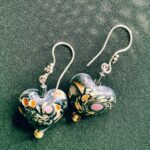
We offer a way to memorialize your loved one or treasured pet with a piece of handmade jewelry. When people comment on it and the wearer can say for example “I received this when my mother died” which opens the conversation about this loss. All our jewelry is made with semi-precious stones and beads, vintage beads, and pearls. You can choose between earrings or bracelets and the color family. Learn More


